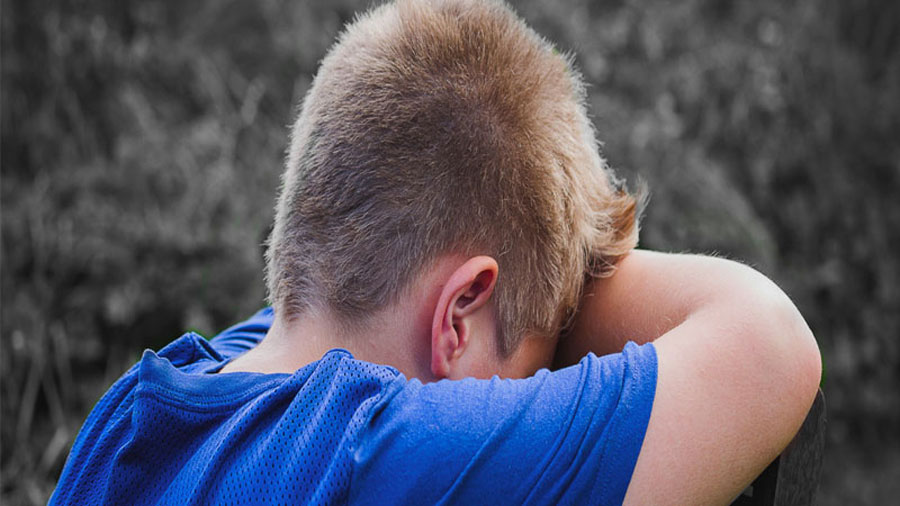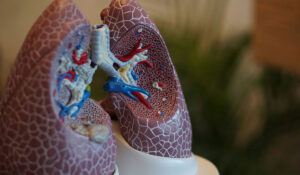There are many who are concerned over the push by President Donald Trump and his Secretary of Education Betsy DeVos, to reopen the nation’s schools in the fall. The contagious nature of COVID-19 and the devastating impact. the virus has had on the nation has many questioning the safety of such a decision, in light of the mandatory closures of school facilities and arrangements made for distance and virtual learning made last spring. As students of all ages rely on the schools and staff for stability and safety, there are several elements that must be considered before blindly reopening classrooms to routine education and instruction. Socio-emotional problems may include anxiety depression and stress issues.
The Need for Clear Socio-Emotional Learning

From a young age, children require instruction in areas of social and emotional skill development. These are foundational tools that guide individuals in their social interactions and help them manage their emotional responses. Beyond these two areas of development, social and emotional learning also teach things like taking responsibility for one’s self and actions, setting clear goals, and demonstrating social awareness. These items are often covered in a classroom setting, though not potentially with such a straightforward approach. However, as children may be forced to return to a classroom setting after months of limited social interaction within a learning context, it is necessary to spend additional time covering the five major competencies of socio-emotional development.
The Impact Beyond COVID-19

The impact of at-home learning is just one concern of student’s returns to the classroom. While students have been sheltered at home, they have potentially exposed to division and violence occurring across the country. Their family may experience changes in financial stability, and some will be subject to abuse. Just as the emphasis and pressure on the parent and guardian have revealed, children may be dealing with mental concerns of depression, anxiety, and loneliness. Being able to teach and explore the five primary competencies of socio-emotional learning can help students work through their own situations but also empathize and relate to their peers.
1- Self-Awareness:
Being able to recognize one’s emotions, limitations, strengths, thoughts, and values is important to understanding one’s own behaviors. Helpful in developing strategies against social division bias and recognizing the influencing factors on identities.
2- Self-Management:
Children must learn to regulate their emotions, behaviors, and thoughts in order to work toward a more unified society. These skills help navigate through times of grief, injustices, and turbulent surroundings.
3- Social Awareness:
For children looking to find stability in the classroom, the injustices and divisions of society may creep into their thoughts and interactions. Taking on the perspective of others allows everyone to find common ground and seek out peaceful interactions.
4- Relationship Skills:
Students will be able to form harmonious relationships with others from diverse backgrounds and cultures, regardless of negative social pressure.
5- Responsible Decision-Making:
Children should teach them how to make positive, constructive choices with their behaviors and words. And more importantly, recognizing their responsibility for the consequences of their decisions.
parents and teachers prepare for the coming academic year. But they must pay more attention to social and emotional education. Social division can only be solve in single way. when everyone play their part, weather they are old or young
Understand how SEL can help mitigate the potential negative impacts of the COVID-19 health crisis on young people. Visit the WPS SEL Page to learn more.



